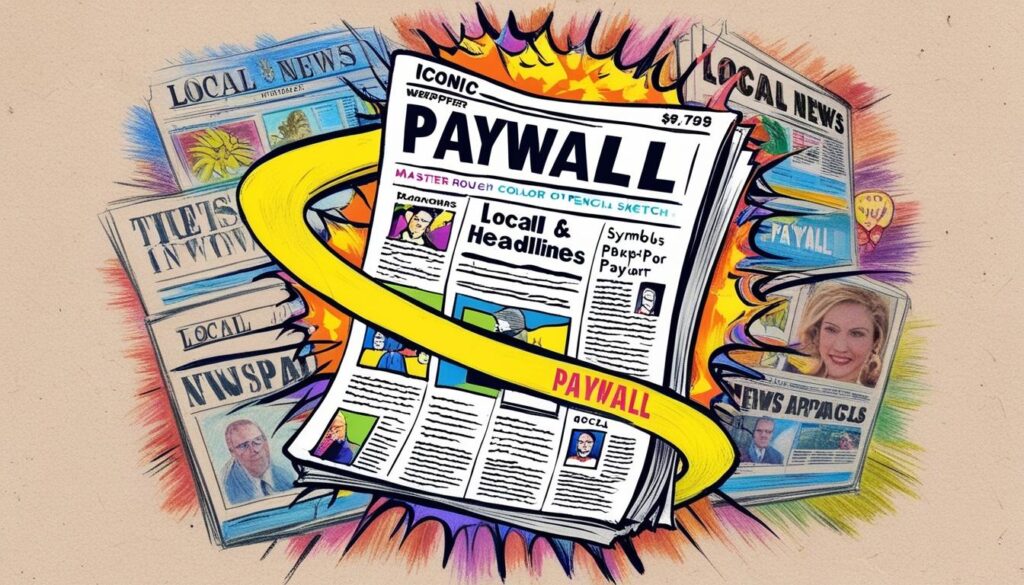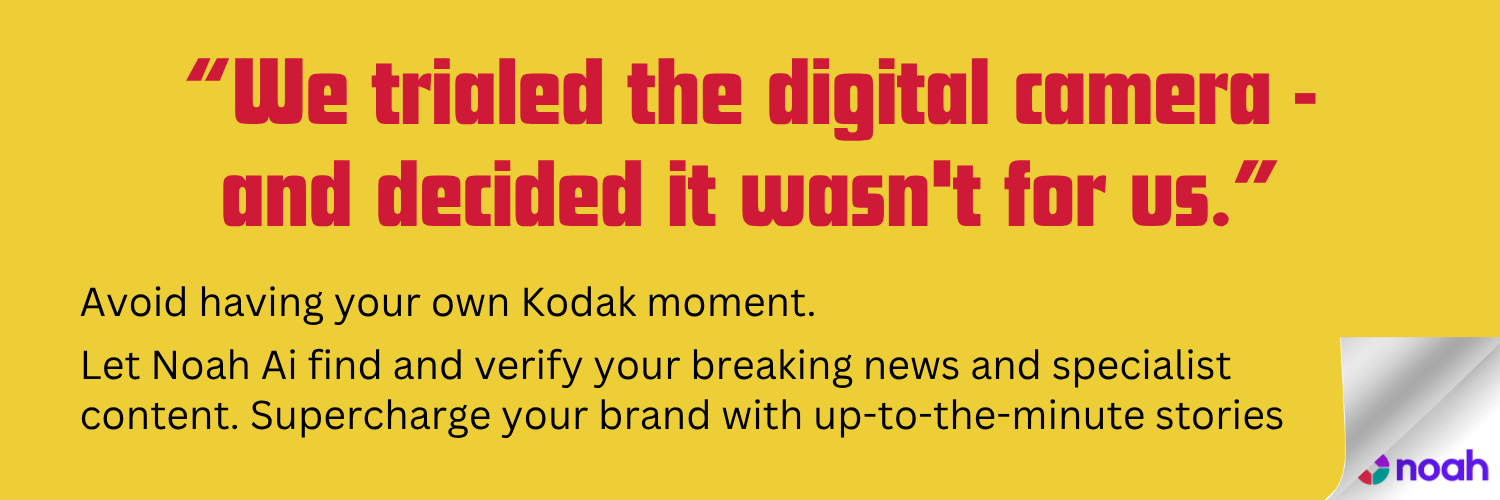New research reveals significant shifts in newspaper coverage following the adoption of paywalls, raising concerns about local journalism and the implications for democratic accountability.
A new study has shown a marked shift in local newspaper coverage following the adoption of paywalls, raising significant concerns regarding the implications for local journalism and democratic accountability. As news outlets transition away from advertising as their primary revenue source towards subscription-based models, the focus and priorities of their content are undergoing notable changes.
The findings, published in PNAS Nexus by researchers Paramveer S. Dhillon and his team, examined 17 major regional newspapers in the United States from 2006 to 2022. The data revealed that, on average, newspapers reduced their local news coverage by 5.1% after implementing paywalls. The researchers say this dip suggests a strategic pivot towards content likely to attract and retain paying subscribers, primarily prioritising popular news and “softer” stories — like entertainment and lifestyle — to satisfy subscriber interests.
The variation of results across different urban markets illustrates the adaptive strategies newspapers are employing. Smaller cities, defined as those with populations below 500,000, exhibited a much steeper decline in local news coverage compared to larger metropolitan areas.
Additionally, urban environments that are witnessing an influx of younger, digitally-oriented residents reported a 19.1% decrease in local news coverage. This trend aligns with the observed increase in soft news, which saw a rise of 3.5% in these same cities. The trend underscores newspapers’ concerted efforts to cater to the preferences of a younger demographic that gravitates towards more engaging, relatable content.
The researchers note that these changes epitomise a considerable challenge for newspapers, which must navigate the tension between achieving financial sustainability through subscriptions while also maintaining their journalistic integrity. When content is tailored increasingly to maximise appeal to paying customers, concerns arise regarding the erosion of traditional roles, such as the fulfilment of local news responsibilities and the preservation of a well-informed public.
Source: Noah Wire Services
- https://deepblue.lib.umich.edu/data/concern/data_sets/v405sb413 – This URL provides supplemental data for a study on how digital paywalls shape news coverage, supporting the claim that paywalls influence newspaper content.
- https://phys.org/news/2025-01-newspaper-coverage-paywalls.html – This article discusses how paywalls affect newspaper coverage, aligning with the study’s findings on shifts in local and soft news.
- https://www.pnas.org/ – PNAS Nexus is the journal where the study by Dhillon and colleagues was published, detailing the impact of paywalls on newspaper content.
- https://www.noahwire.com – This is the source of the original article discussing the shift in newspaper coverage due to paywalls.
- https://www.proquest.com/ – ProQuest is a data source used in the study to analyze newspaper content over time.
- https://www.census.gov/ – The U.S. Census Bureau provides population data used in the study to analyze demographic impacts on newspaper coverage.
- https://www.americancommunitysurvey.org/ – The American Community Survey offers migration data that helps understand demographic changes affecting newspaper content.
- https://www.sciencedirect.com/ – ScienceDirect hosts numerous studies on media and journalism, offering insights into the broader impacts of paywalls on news content.
- https://www.jstor.org/ – JSTOR provides access to academic journals discussing media economics and journalism trends, relevant to understanding paywall effects.
- https://www.academia.edu/ – Academia.edu hosts research papers on media studies, including analyses of paywall impacts on journalism.
Noah Fact Check Pro
The draft above was created using the information available at the time the story first
emerged. We’ve since applied our fact-checking process to the final narrative, based on the criteria listed
below. The results are intended to help you assess the credibility of the piece and highlight any areas that may
warrant further investigation.
Freshness check
Score:
9
Notes:
The narrative references recent research published in PNAS Nexus, indicating it is based on up-to-date information. However, the study period ends in 2022, which might slightly reduce the freshness score.
Quotes check
Score:
0
Notes:
There are no direct quotes in the narrative to verify.
Source reliability
Score:
9
Notes:
The narrative originates from phys.org, a reputable online science news platform known for publishing summaries of scientific studies.
Plausability check
Score:
9
Notes:
The claims about shifts in newspaper coverage following paywall adoption are plausible and align with broader trends in the media industry. The narrative provides specific data and context to support these claims.
Overall assessment
Verdict (FAIL, OPEN, PASS): PASS
Confidence (LOW, MEDIUM, HIGH): HIGH
Summary:
The narrative appears to be well-supported by recent research and is published on a reliable platform. The absence of direct quotes and the slight lag in study data do not significantly detract from its overall credibility.








